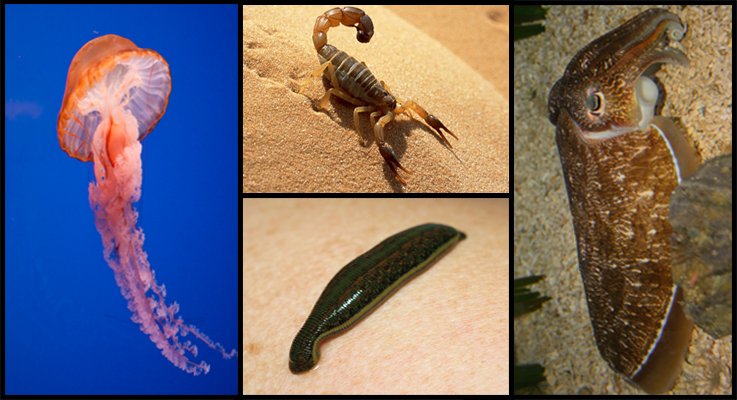- This topic is empty.
- AuthorPosts
- January 21, 2025 at 11:09 pm #542860

In the animal kingdom, social structures are not exclusive to vertebrates. Invertebrates, despite lacking a backbone, exhibit remarkable social behaviors and organization.
From ants and bees to termites and spiders, numerous invertebrate species have evolved intricate social structures that ensure their survival and success.
In this article, we will delve into the captivating realm of invertebrate social structures and explore the different types that exist in the animal kingdom.
1. Eusociality
Among invertebrates, eusociality is the highest level of social organization. It is primarily observed in hymenopteran insects such as ants, bees, and wasps.
Eusocial colonies are characterized by reproductive division of labor, cooperative brood care, and overlapping generations.
A eusocial colony typically consists of a queen, who is responsible for reproduction, and various non-reproductive workers that perform different tasks to maintain the colony’s functionality. Eusocial insects exhibit intricate communication systems and complex societal hierarchies.
2. Subsociality
Subsociality refers to a social structure in which parents provide some level of care for their offspring but lack the division of labor seen in eusocial colonies.
Subsocial behavior is observed in various invertebrates, including certain spiders, beetles, and mantises. In these species, parents may guard their eggs, provide food, or offer protection for their young until they can fend for themselves. Once the offspring reach independence, they typically disperse, and parental care ends.
3. Solitary Behavior
Solitary behavior is the most basic social structure in the invertebrate world. As the name suggests, solitary species live and reproduce on their own, without forming any lasting social bonds or cooperative behaviors.
Many invertebrates, such as most insects, spiders, and mollusks, exhibit solitary lifestyles. Each individual is responsible for finding food, shelter, and reproducing, without any assistance or social interactions from others of the same species.
4. Communal Behavior
Communal behavior is intermediate between solitary and social structures. In communal species, individuals of the same species often share a common living space or nesting site but do not cooperate in tasks like foraging or brood care.
Communal arrangements are observed in certain spiders, such as orb-weaving spiders and some species of bees. While they coexist in proximity, communal individuals do not exhibit the same level of cooperation as seen in eusocial or even subsocial species.
5. Swarm behavior
Swarm behavior is commonly observed in social insects such as locusts, certain species of bees, and some types of ants.
Swarms are temporary assemblages of individuals that come together for specific purposes, such as migration, reproduction, or resource exploitation.
The collective behavior of the swarm is often guided by chemical signals and simple rules of interaction. Swarm behavior allows individuals to benefit from the collective intelligence and protection provided by the group.
6. Aggregations
Aggregations refer to large groups of individuals from the same species that come together for a particular purpose, such as mating, protection, or obtaining food resources.
Aggregations are commonly observed in marine invertebrates like coral polyps, sea urchins, and certain species of worms. These groups provide benefits such as increased mating opportunities, improved defense against predators, and better resource utilization through cooperative feeding behaviors.
Generally, Invertebrates showcases an incredible diversity of social structures, ranging from the highly complex eusocial colonies of ants and bees to the simple aggregations of marine invertebrates.
These social organizations have evolved over millions of years and serve crucial functions in promoting survival, reproduction, and overall success within their respective species.
- AuthorPosts
- You must be logged in to reply to this topic.

